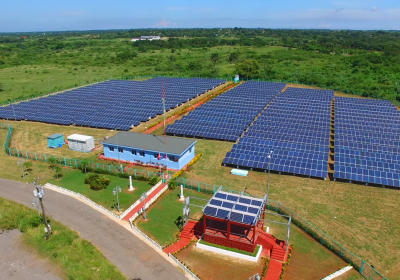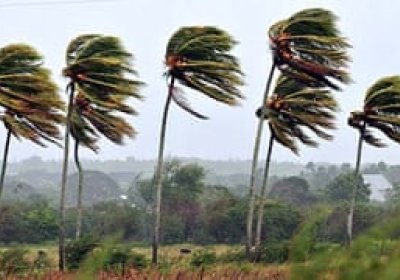Cuba has been revitalising its energy sector for the past 25 years, reports Ian Ellis-Jones. The result has been a rise in efficiency and a significant reduction in emissions.
hurricanes
Two big hurricanes hit southeastern United States in September-October. The first, Florence, devastated North and South Carolina with torrential rain, up to 40 inches in some locations over a few days. It caused huge flooding as rivers overflowed for weeks.
The second, Michael, hit Florida with very high winds. Near the coast, on the east side of the eye, sustained winds were 155 miles per hour when the storm made landfall. Together with the ocean storm surge, it made the coast look like it had been devastated in a bombing raid.
Leaders from the Caribbean states are calling on the Donald Trump administration to seriously tackle the climate change crisis.
The call comes amid the Atlantic Hurricane season, one year after a series of hurricanes devastated several Caribbean countries and concerns that warming oceans could see another season of intense storms.
Greenhouse gas emissions contribute to global warming, which creates stronger hurricanes and rising sea levels. These events pose a unique threat to Caribbean countries.
Mudslides in Freetown, Sierra Leone killed about 1000 people on August 14, mostly inhabitants of the urban slums in the hills above the capital.



